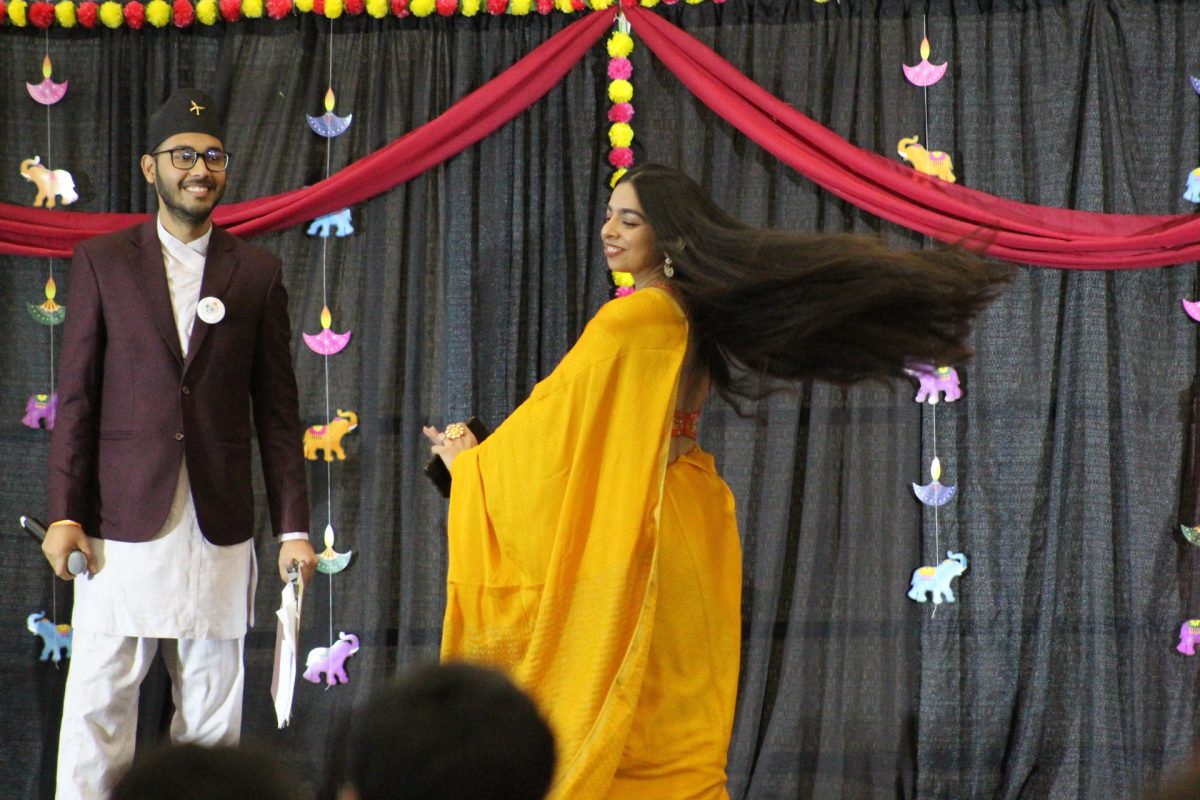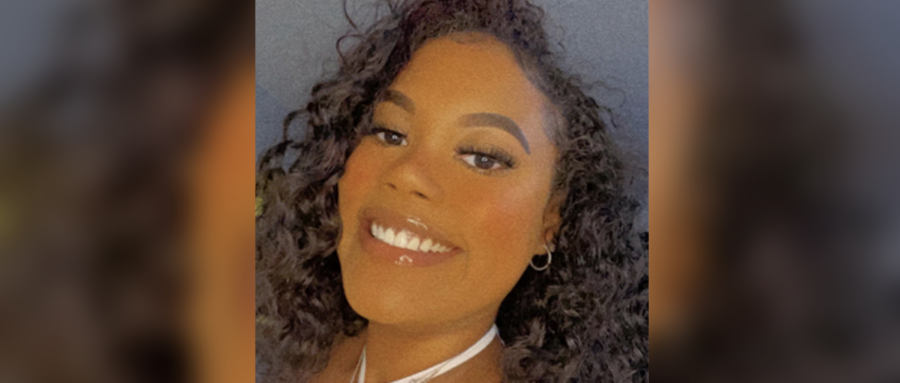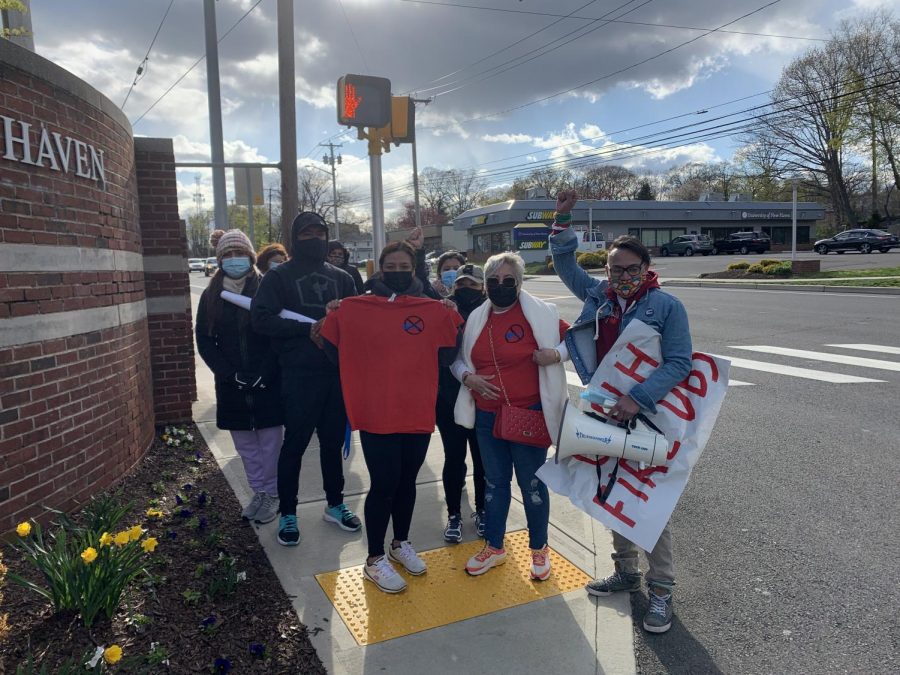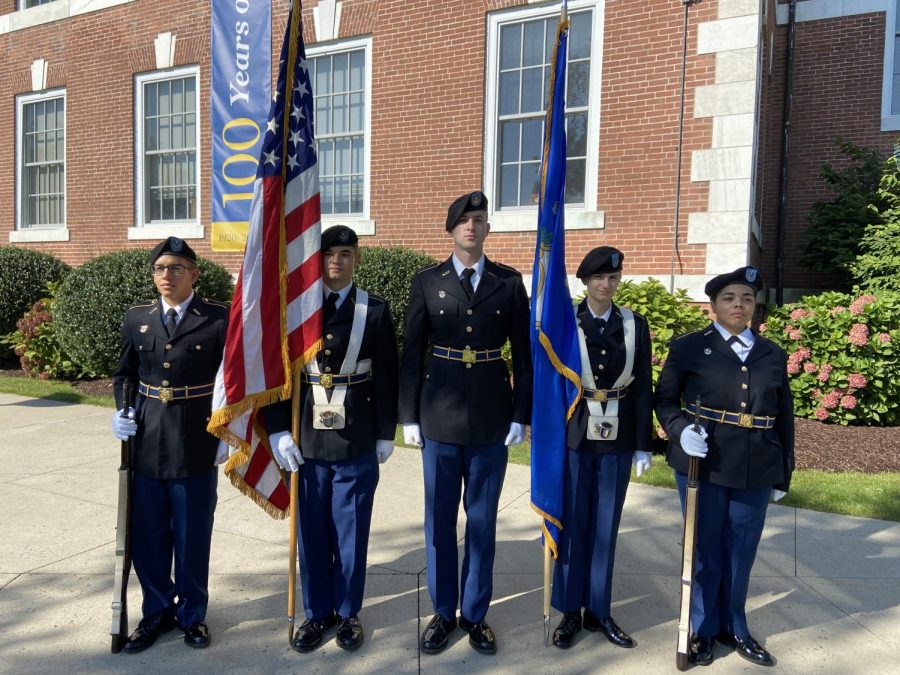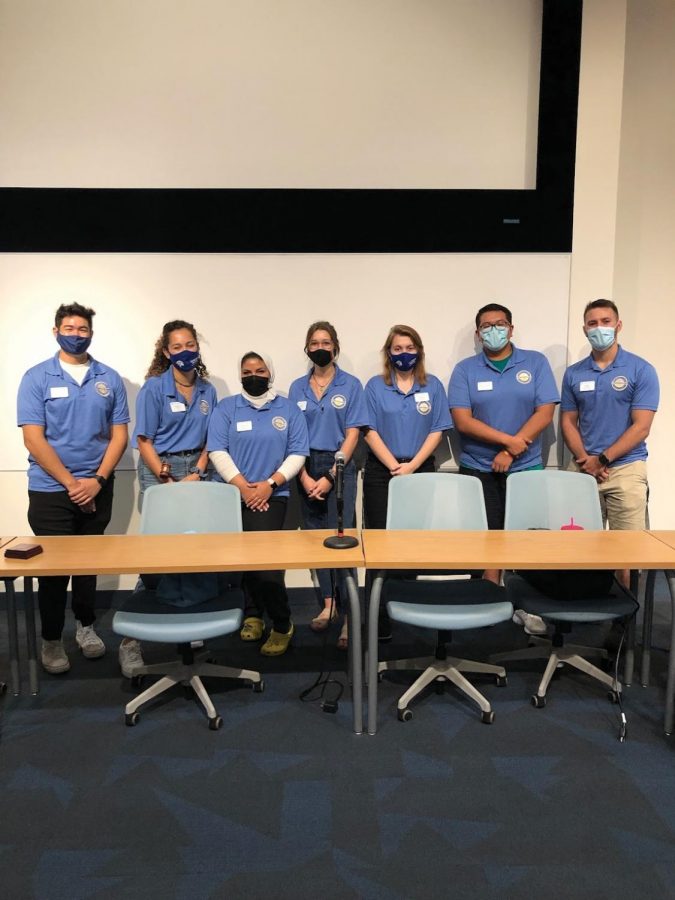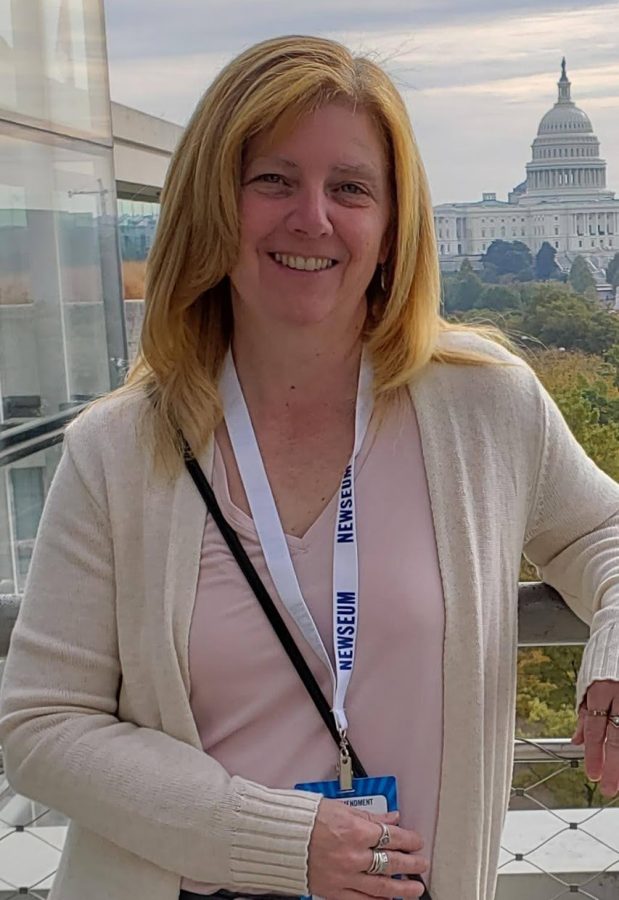To many students, the Seton Art Gallery is merely known as “that place with the African masks,” but there is so much more to be found in this well-kept secret of the University of New Haven. Some students are not even aware that the gallery is located on university grounds, or Dodds to be more specific, until recently. This month until Feb. 28, an exhibit titled “The Gazers” (curated by Laura Marsh) will be on display in the gallery; students are encouraged to stop by and take a peek.

On Tuesday, Feb. 19, guest artist James Reed came in to discuss his collection of pieces and own artwork to students of the Honors Program. Reed has a business known as Milestone Graphics in Bridgeport, Conn., that he began 35 years ago, and has worked with hundreds of artists since.
His interest in the form of art known as printmaking developed back in high school.
“When I was a student, I didn’t like the painting instructor,” Reed said. Instead, he pursued printmaking.
In college, he was introduced to making etchings in drawing class.
“I liked the different types of processes; linoleum, woodcuts,” he continued. “Some of the procedural things are very left-brained. Early on I was trained in engineering, and so I was able to put both hemispheres together in that way,” Reed explained. As a college senior, he spent his one month’s rent on a print, and his collection has been growing ever since. Reed said he has gathered about 1,000 prints, German eBay being one of his favorite go-to websites
His own art is greatly influenced by German expressionism, but when it comes to current artwork, Reed sees his work as having more influence on others, than it is influenced itself.
His assistant Perry Obee remarked, “When you’re in the print shop with Jim he makes you feel like you’re in the studio and facilitate every possible requirement, even ones you didn’t know you needed.” In college, Reed offered to print and copy work for his professors, who in turn gave him a copy of their artwork. Reed now lets his interns use all the equipment in his workshop, and in turn they give him a print too.
During the presentation, professors brought their classes to see Reed’s exhibit. Meanwhile, Reed continued by going into a little bit of printmaking history. According to Reed, the earliest woodcuts were made in the 14th century, and then engravings arose in the 15th century. These processes developed during the Renaissance Era in Northern Europe. Albrecht Durer first got copyright laws because people would rip off his artwork and try to sell it. Then, in the 16th century, etching was developed, which is a very delicate process. Most printmakers in this time period used their art to tell stories about the Bible, especially during the Reformation.
Personally, Reed said that lithography is his favorite process; he is only one of three Connecticut artists to still use this technique. It is “the most versatile of all printmaking methods” and produces such a variation in both the visual look and aesthetic feel of the artwork.
Curated by Laura Marsh, this display featured a range of pieces from famous artists a lá Pablo Picasso, to the work of Reed and his assistants, and offers a glimpse from Romanticism into the Contemporary time.
Laura became “transfixed with hundreds of eyes staring back at observers.” And while this form of art is two-dimensional, it is meant to have a connection with the viewer that exceeds these flat boundaries
“A range of emotion is elicited in each beholder; whether the works recall delight or dread, one feels a sense of voyeurism and intrigue,” described Marsh.
Reed said he views his collection as one to stir the minds of viewers across generations.





